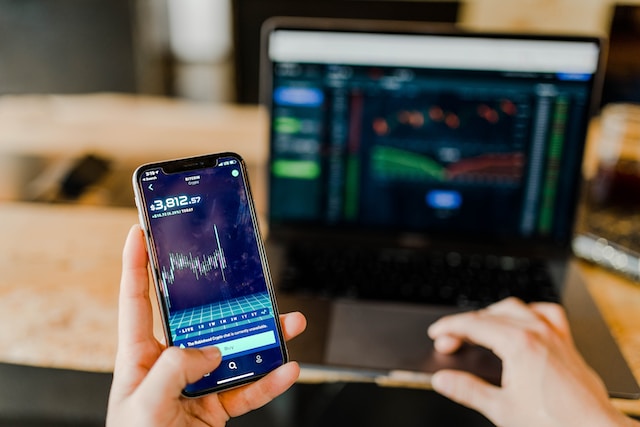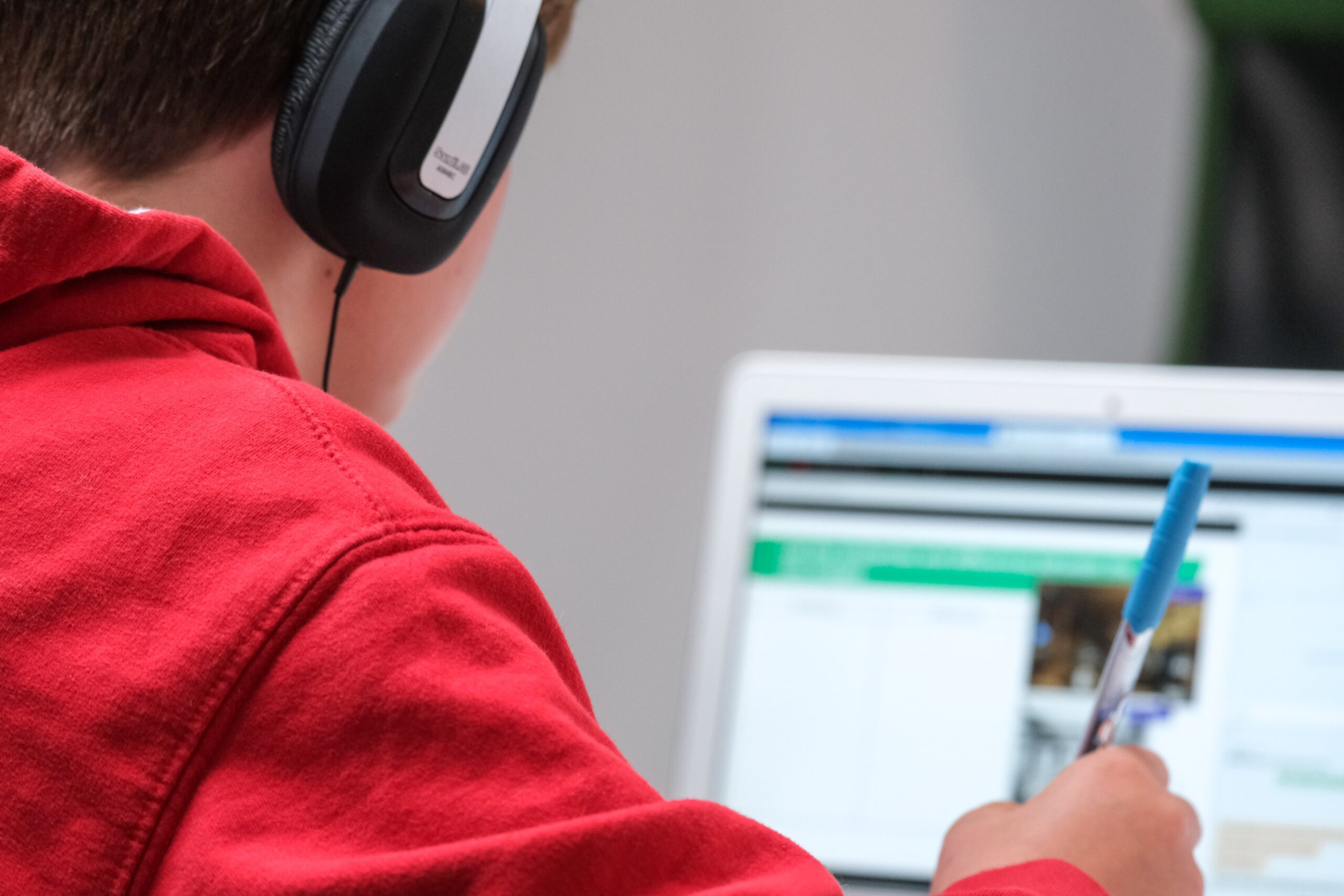There is an estimated 50 Petabytes of data in the health care realm, predicted to grow to 25,000 Petabytes by 2020, reported by a new infographic from Oracle. From this astonishing data report, we can see that the healthcare industry is generating a huge amount of data, driven by clinical records, medical care, and compliance & regulatory requirements.
Luckily, big data analytic application has been widely used in the healthcare industry to extract insights from the wealth of data. Being able to accurately identify the association, trends, and patterns had empowered such data analytic techniques to save more people’s lives and lower their medical care costs. These large amounts of data have been extensively applied to support a wide range of healthcare services, including clinical decisions, population management, disease detection, real-time statistical analysis, pharmaceutical research, etc. Thus, knowing more about how data analytics is working while implementing a healthcare program will spur sound and well-rounded healthcare development.
Data Analytics in public health research
With the wild expansion of public health information, we can use data analytic techniques to crawl and filter out varied types of public health info data. Thanks to data analytic methods, medical workers are able to manage a large amount of unstructured data and then explore the insights from these data. Note that there are multiple channels for collecting population health information. Officially, lots of medical data now come from the hospital information system (HIS), which includes electronic medical record system (EMRS), laboratory information system (LIS), picture archiving & communication system,(PACS), radiology information system (RIS), clinical decision support system (CDSS), etc. Apart from these data sets, many other medical care appliances can also help to record life symptom information, like ECG data, blood oxygenation, blood pressure, pulse, and body temperature. You can even get health information from some social media platforms or search engines. All of these data can be helpful for medical workers or researchers to make a meaningful therapy decisions.
Data Analytics in disease detection
As known to all, Google successfully predicted the influenza A (H1N1) outbreak almost 2 weeks earlier ahead of US Centers for Disease Control and Prevention (CDC) in 2009. It was the big data technique that Google had used to crawl the relevant searching results from its users and detected the outbreak of influenza. More specifically, there are two categories of gleaning infectious disease information: positive collection and passive collection when concerned with user data. For passive data collection, Google collects the periodic data submitted by users to analyze the current situation or future trends. While positive collection means analyzing tweets, micro blogs, or searching history records, which updates much faster, for disease prediction.
Actually, apart from Google, microblogs posted on other social media or searching history records could also be a warning sign of the underlying disease outbreak at the very beginning. There are many ways to collect posts from the social media, including using the public APIs provided by those media platforms themselves, programming to build a crawler on your own, or you may needn’t bother to deal with any coding or technical skills by using an automatic web crawler – Octoparse. By filtering out the keywords from the microblogs, data scientists can build up a predictive influenza model based on the keywords’ characters using the LASSO algorithm. Plus, during the spreading of a disease, as a long time, exposure to the pathogens is linked to a higher chance of infection, tracing the social media information and locations will be conducive to learning about how the disease is transmitted.
Data Analytics in medical diagnosis
Many public health investigations indicate that some diseases may relate to gene types, lifestyles, and body symptoms. Promisingly, genetic information and medical history records can be explored to prevent the underlying disease by designing a personalized and customized treatment while the incubation period. For example, the Mayo System, serving as a data analyzing platform for data scientists, has been developed to store and analyze the history records data from patients and customize a personalized therapeutic plan for people in needs. By analyzing the body symptoms and other history records, medical workers can find out the matching diagnosis information from the data analyzing system, and then propose an instructive treatment plan effectively.
Data Analytics lowers the medical cost
For the present, the exorbitant cost of health care comes a lot from failed medical cases. According to the American Medical Association, 98,000 fatal cases that could have been avoided in America happened. America has spent over 1700 billion dollars in the medical health care industry.
Plus, the treatment cost and hospitalization length can also be used to predict an expense monitoring model to detect abnormal data by using data mining techniques, thus preventing the abuse of medical resources. For example, the abnormal bills can be filtered out by the rules from the data analytic tools base, then send out warnings to supervisors to avoid a list of impending problems, including exorbitant charges, mismatching diagnoses, medical apparatus, and instrument abuse, etc.




